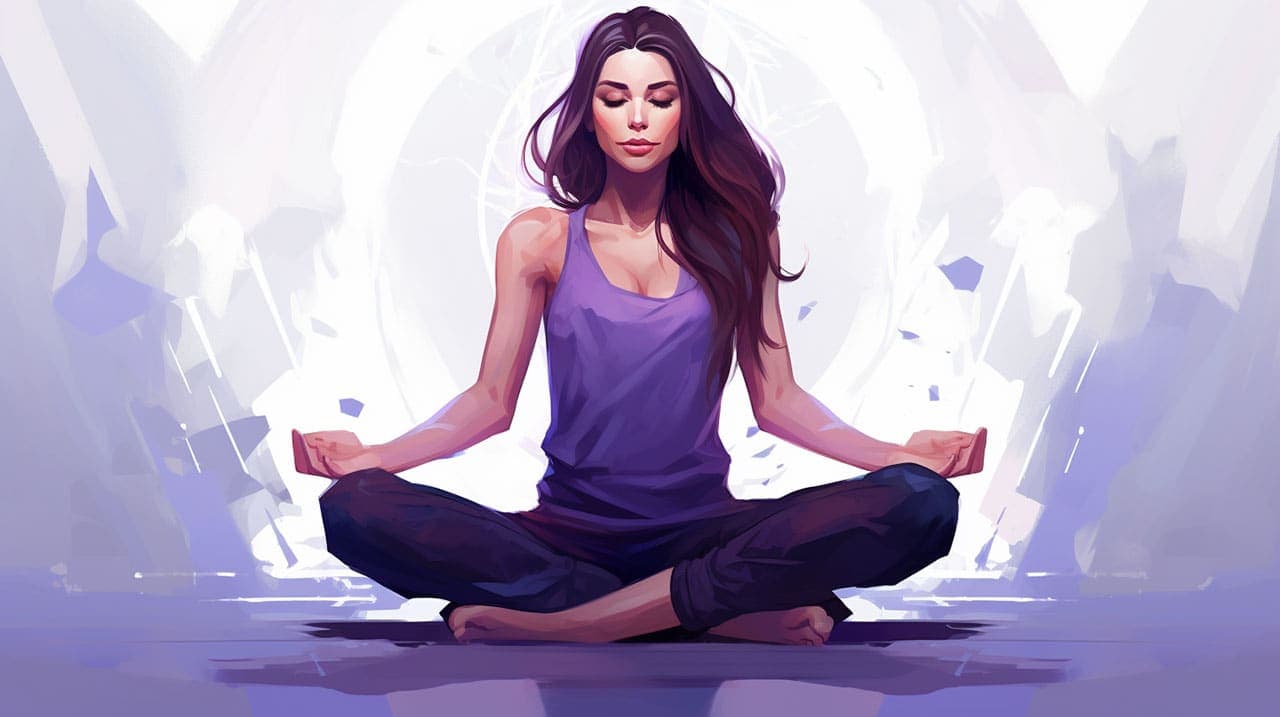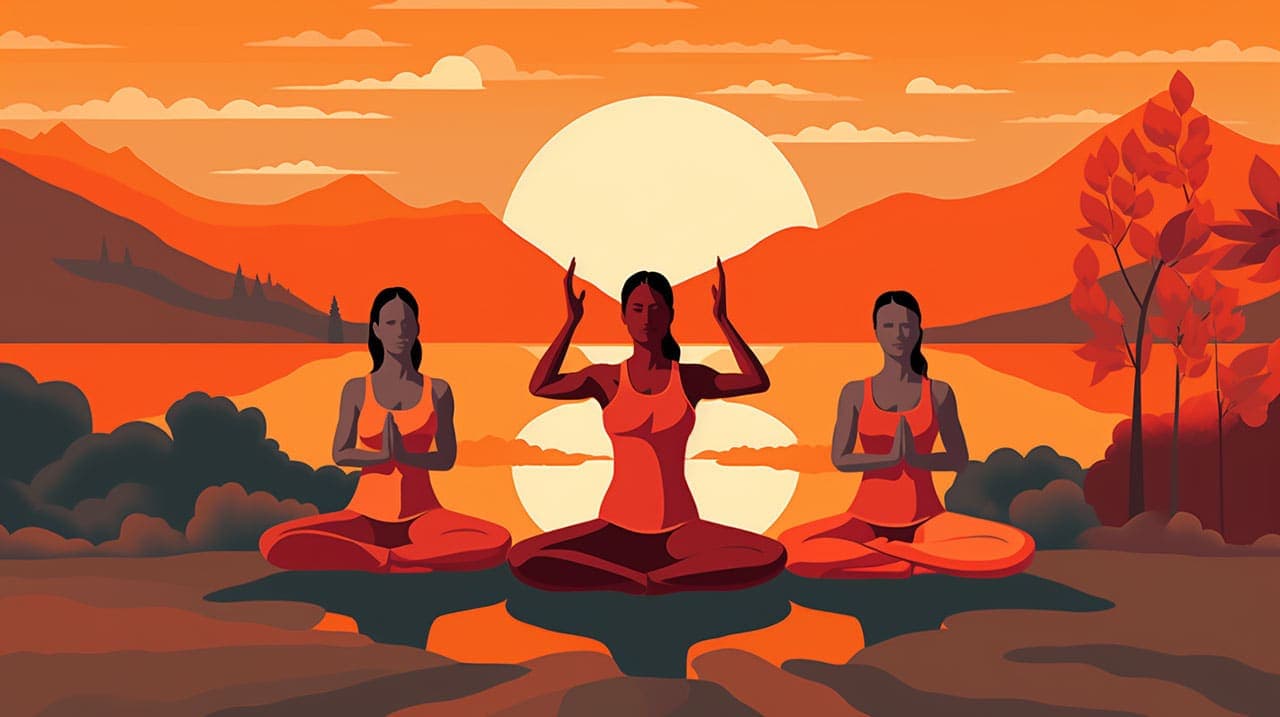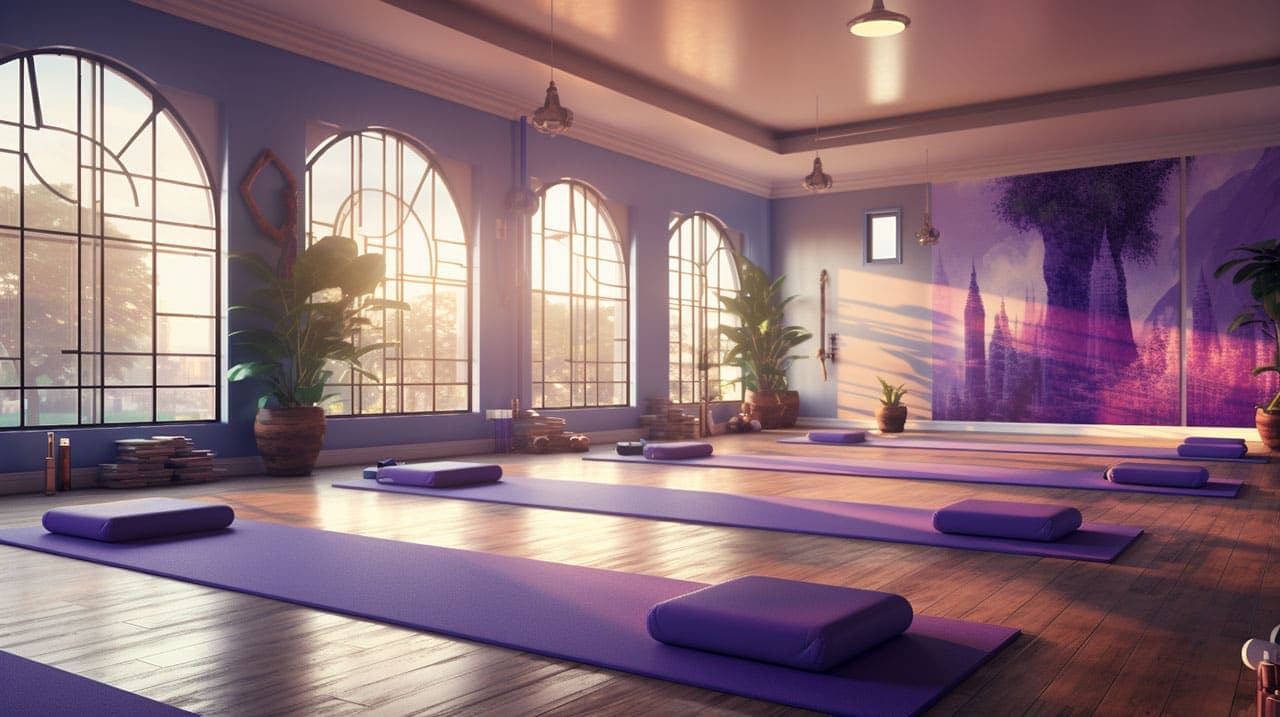
The Best Yoga Poses for Beginners
You’ve heard all about the amazing benefits of yoga, and are finally ready to experience it for yourself. With this popular discipline balancing mind, body, and, soul it is no wonder that the interest in yoga has skyrocketed in the past few years. Once you begin your practice and discover the great rewards of this ancient practice you will find yourself living a life of renewed vitality and peace of mind. Here are some of the best yoga poses for beginners along with their foundational poses.
Where to Begin
When starting a yoga practice you will need little more than a yoga mat and a small space to practice. Yoga can be done anywhere, and when you begin you may want to set aside a small space in your home where you can devote your time to learning the basics. You also may want to take a beginning class in your local yoga studio to learn correct form and some of the philosophy behind yoga. Knowing the following when beginning your yoga practice will give you the knowledge you need for a passion that is bound to last a lifetime.
Basic Yoga Poses for Beginners
Get your yoga routine going with these simple and straightforward poses that anyone can do from the very beginning.
Corpse Pose (Savasana)
Most yoga sequences begin and end with the corpse pose. Sava means corpse, and in savasana the body lies still, with all the muscles thoroughly relaxed. This pose refreshes both body and mind, and just ten minutes spent in corpse pose each day will bring a sense of refreshment that is parallel with a good night’s sleep.

Mountain Pose (Tadasana)
Tada means mountain, and in the mountain pose posture, one develops awareness and improves general muscle tone. When in Tadasana, the body is erect like a mountain and the feet are planted firmly on the ground. It is an excellent predecessor to tree pose, and is the starting and ending pose of all standing postures. It's one of the best--and the easiest--yoga poses for beginners to master.
Tree Pose (Vrkasasana)
Vrksa means tree, and this beginning pose is one of graceful balance. The foot that is pressing on the ground is like that of the root of a tree and arms stretched up overhead are like that of the branches that extend from the tree. This pose helps to develop memory and concentration while improving poise and posture. Ancient yogis would stay in this pose for hours at a time as a form of strict devotion.

Downward Facing Dog (Adho Mukha Svanasana)
This posture is founded on the movements of a dog stretching downward. Adho means downward, mukha means face, and svana /i> means dog. Practicing the downward facing dog strongly stretches the legs and spine while strengthening the back, neck, abs, and thighs. It is also excellent for restoring energy and improving circulation. 
Warrior I (Virabhadrasana 1)
Virabhadra is a legendary Indian warrior whom Lord Shiva manifested to fight his battle when he took vengeance on the death of his beautiful wife, Parvati. This pose that strengthens the mind will also increase confidence, cultivate self-esteem, and combat fatigue.
Cobra (Bhujangasana)
Bhujanga means cobra, and this posture resembles that of the snake with the head nobly raised. This pose strengthens the back, improves digestion, and regulates menstruation. This is an excellent pose for beginners, but is not however recommended for those that have lower back pain.

Shoulder Stand (Sarvangasana)
Shoulder stand is traditionally seen as the “Queen of Postures.” Savra means all or complete, and anga means body. This pose is extremely beneficial to the entire body by firming legs, abs, and arms, toning facial skin and preventing wrinkles, and regulating the function of the thyroid gland. In this posture, the flow of blood is reversed which increases the blood supply to the face and brain while also increasing your metabolic rate.
3 Sequences for Beginning Yogis
Sun Salutation

- Stand in mountain pose and bring palms together in prayer position in front of the chest. Hold for 2-3 breaths. Inhale deeply and draw the arms up, bending backwards from the waist.
- Exhale and bend forward from the hips and keep your legs straight with your palms flat on the ground or fingertips resting beside the feet. If your hands do not yet reach to the floor, bend your knees so you may touch the floor.
- Inhale and stretch the right leg back. Rest your knee on the floor and arch your back turning your face upward.
- Bring both feet together and keep the legs, back, and head in an inclined position. Look at the floor and maintain the breath.
- Exhale and lower both knees to the floor, and then slowly lower the chest and forehead to rest on the floor. Keep your toes turned in and your hips off the floor with your elbows held close to your body.
- Inhale deeply and lower your hips to the ground, turn your toes out, and raise the chest and head. This will put you into cobra pose.
- Exhale and turn the toes back in toward your head, and raise the hips, pressing your heels firmly to the ground. Relax the neck and look at the toes as you breathe in downward facing dog.
- Inhale and bring the right leg forward so your toes are aligned with your fingers. Rest the knee on the floor, arch the back, and turn your face upward. This is the same position as step 3, but now your opposite leg is forward.
- Exhale and bring the left leg forward and align with your right foot and fingers. This is exactly the same position as step 2.
- Inhale deeply and straighten the spine to a standing position, and bend back at the waist. This is the same as step the last part of step 1. Exhale and return to mountain pose, poised and ready to begin another sequence.
Beginning Sequence 1

Easy Morning Wake-Up Routine
Begin your morning standing in up-stretched arm posture. Standing in mountain pose, inhale and draw the arms above the head, and interlock the fingers with your palms facing forward. Lift the heels off the floor and hold for a few breath counts. On your last exhalation, lower the heels and unlock your fingers. Do one inhalation and on your exhale, slowly bend to the right, holding for 20 seconds. Inhale and return to a straight position. Repeat the process by bending to the left and holding for another 20 seconds. Inhale and return to standing. Jump or step sideways so your feet are approximately 3 feet apart. Inhale and raise the arms to shoulder level with the palms facing down. You are now preparing for extended triangle pose which will regulate your digestive system and strengthen your ankles and legs. Turn the left foot 90 degrees and the right foot about 60 degrees to the left. Exhale and bend to the left slowly while keeping the knee in line with the ankle. Slide your left hand down the left leg and hold onto the lowest position you can on the leg. From here slowly rotate the neck to look up at your raised right hand where your palm should be facing forward and your fingers pointing up. Hold this pose for 20-30 seconds.

About the Author
The Yoga Simple Team is dedicated to making yoga accessible and enjoyable for everyone. With a focus on practical tips and mindful living, we help you integrate yoga into your daily life.
Related Posts

How to Get Good at Yoga Fast: Tips from Your BFF (Best Flexible Friend)
Ready to fast-track your yoga journey? Dive into our friendly guide brimming with tips and giggles, ensuring you're not just practicing but thriving and having fun on the mat!

The Trio Triumph: Embarking on a 3 Person Yoga Challenge
Yoga is often seen as a solo journey to self-discovery and inner peace. Yet, it can also be a group adventure, a shared experience that fosters connection and...

Techniques for Mastering Challenging Yoga Poses
Hey there! So, you've been practicing yoga for a while now, and you're ready to step up your game? You want to tackle those challenging yoga poses that you've...